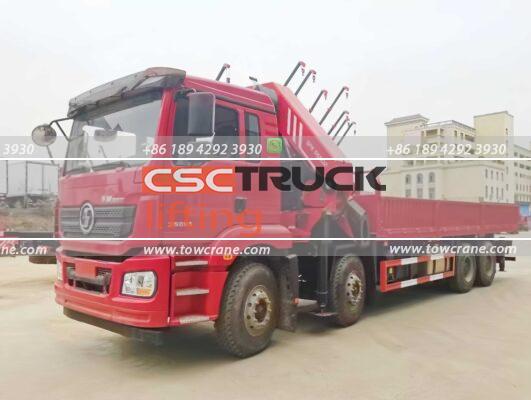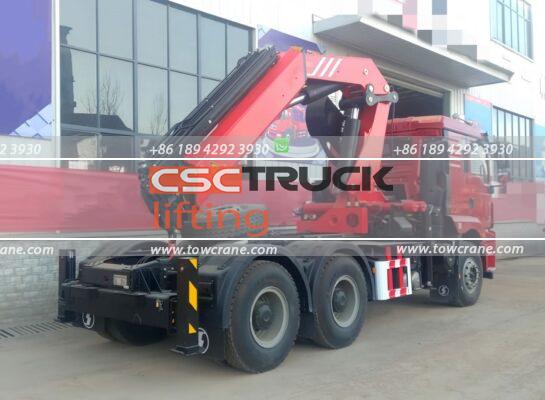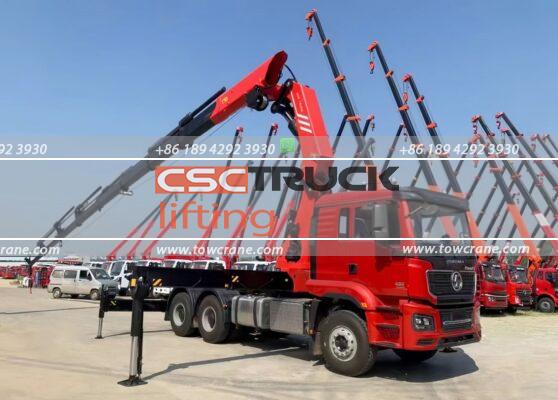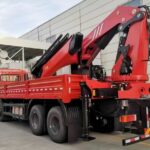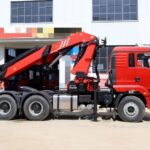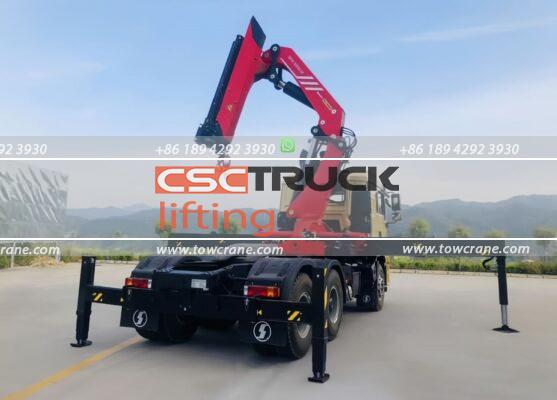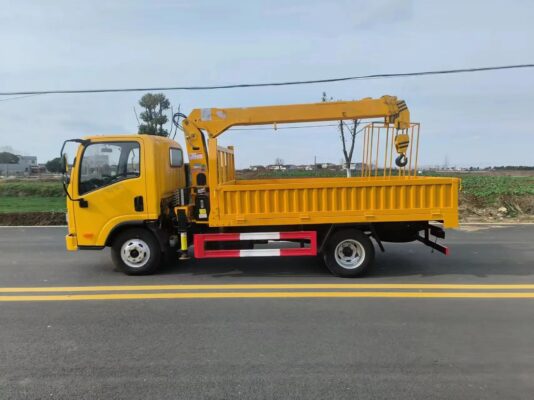Under President Xi Jinping’s leadership, China’s rapid economic development has significantly improved living standards, with all industries progressing healthily and orderly. Specialized vehicles have seen increased usage over the years, becoming essential in various sectors. Despite their importance, problems can arise, particularly with the clutch. Here are some insights from a seasoned tow truck driver on identifying and troubleshooting clutch issues:
Identifying Incomplete Clutch Disengagement
Symptoms:
- The clutch pedal needs to be pressed almost to the floor to disengage the clutch.
- Difficulty in shifting gears or screeching sounds from the transmission.
- The vehicle starts moving before the clutch pedal is fully released.
Possible Causes:
- Excessive Free Travel of the Clutch Pedal: This can be adjusted to ensure proper disengagement.
- Bent or Deformed Release Levers: Inspect and replace if necessary.
- Loose Supports or Dislodged Support Pins: Tighten or reposition as needed.
- Improperly Adjusted Release Levers: Ensure that all release levers are correctly adjusted.
- Uneven Height of Release Lever Ends: Adjust for uniformity.
- Improper Adjustment of Intermediate Pressure Plate Limit Screws (in dual-disc clutches): Adjust to the correct specifications.
- Fatigued or Broken Individual Release Springs: Replace if worn or damaged.
- Unsteady Axial Movement of the Intermediate Pressure Plate: Check for proper alignment and secure fitting.
- Warped Driven Disc Steel Plates or Cracked Friction Discs: Replace damaged components.
- Loose Rivets: Ensure all rivets are securely fastened.
- Overly Thick New Friction Discs: Verify and replace if necessary.
- Incorrect Installation of the Driven Disc: Reinstall correctly.
- Stuck Spline Holes in the Driven Disc and Transmission’s First Spline Shaft: Ensure smooth movement and alignment.
- Hydraulic System Leaks or Air Presence: Check for leaks, bleed the system, and refill with hydraulic fluid.
- Weakened Diaphragm Spring Tension: Replace the diaphragm spring if it is not providing adequate tension.
- Engine Support Wear or Damage: Inspect and replace worn or damaged supports to maintain proper alignment between the engine crankshaft and transmission shaft.
Addressing Clutch Slippage
Symptoms:
- Clutch pedal free travel is too small.
- Constant pressure on the diaphragm spring by the release shaft.
- The pressure plate is in a semi-disengaged state.
- Clutch pressure plate is overly soft or broken.
- Loose bolts connecting the clutch to the flywheel.
Possible Causes:
- Too Small Free Travel of the Clutch Pedal: Adjust to the correct free travel specifications.
- Pressure on the Diaphragm Spring: Ensure the release shaft is not exerting constant pressure.
- Soft or Broken Clutch Pressure Plate: Replace the pressure plate if it is not providing adequate pressure.
- Loose Bolts Connecting the Clutch to the Flywheel: Tighten all bolts securely.
Addressing Unusual Noises During Clutch Operation
Symptoms:
- Unusual noises when operating the clutch.
Possible Causes:
- Severe Wear of the Release Bearing: Replace the worn release bearing.
- Overly Soft or Broken Return Spring: Replace the return spring if it is not functioning correctly.
- Faults in the Diaphragm Spring Bracket: Inspect and replace if necessary.
Ensuring Proper Clutch Engagement
Procedure:
- When pressing the clutch pedal to 3/4 of its travel, the clutch should engage smoothly.
- Measure the clutch pedal travel using a ruler.
- Measure the height of the pedal at its highest position.
- Press the pedal until resistance is felt and measure the height again.
- The difference between the two values is the clutch travel.
Adjustments:
- Free Travel: Adjust the clutch pedal free travel to ensure it is within the recommended range.
- Hydraulic Fluid: Check the hydraulic fluid level and quality, and refill or replace as needed.
- Alignment: Ensure proper alignment of the clutch components to prevent uneven wear and noise.
By understanding these common clutch issues and their causes, drivers can troubleshoot and address problems more effectively, ensuring the reliable operation of their specialized vehicles. With this knowledge, clutch problems are less intimidating and more manageable.


